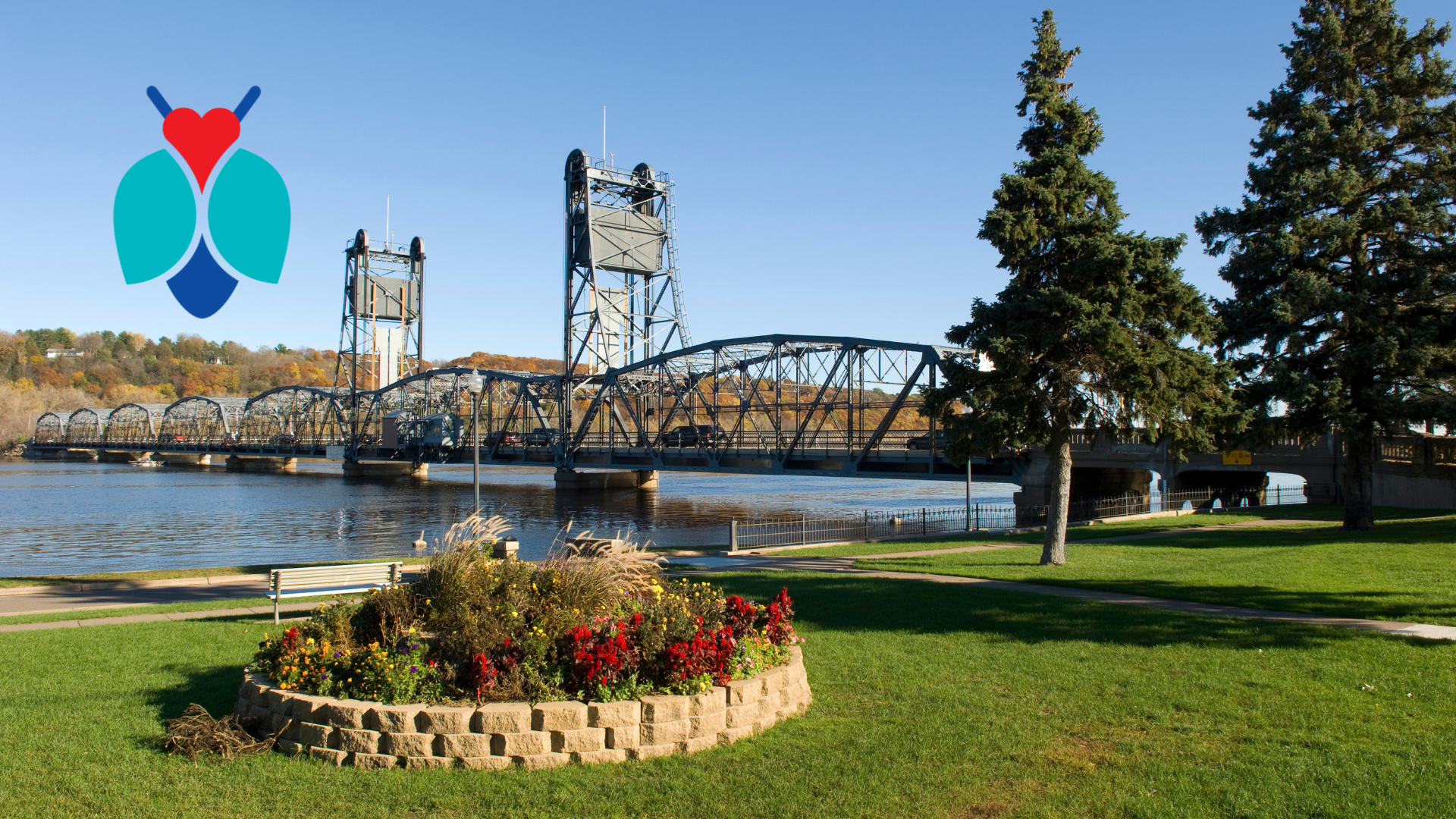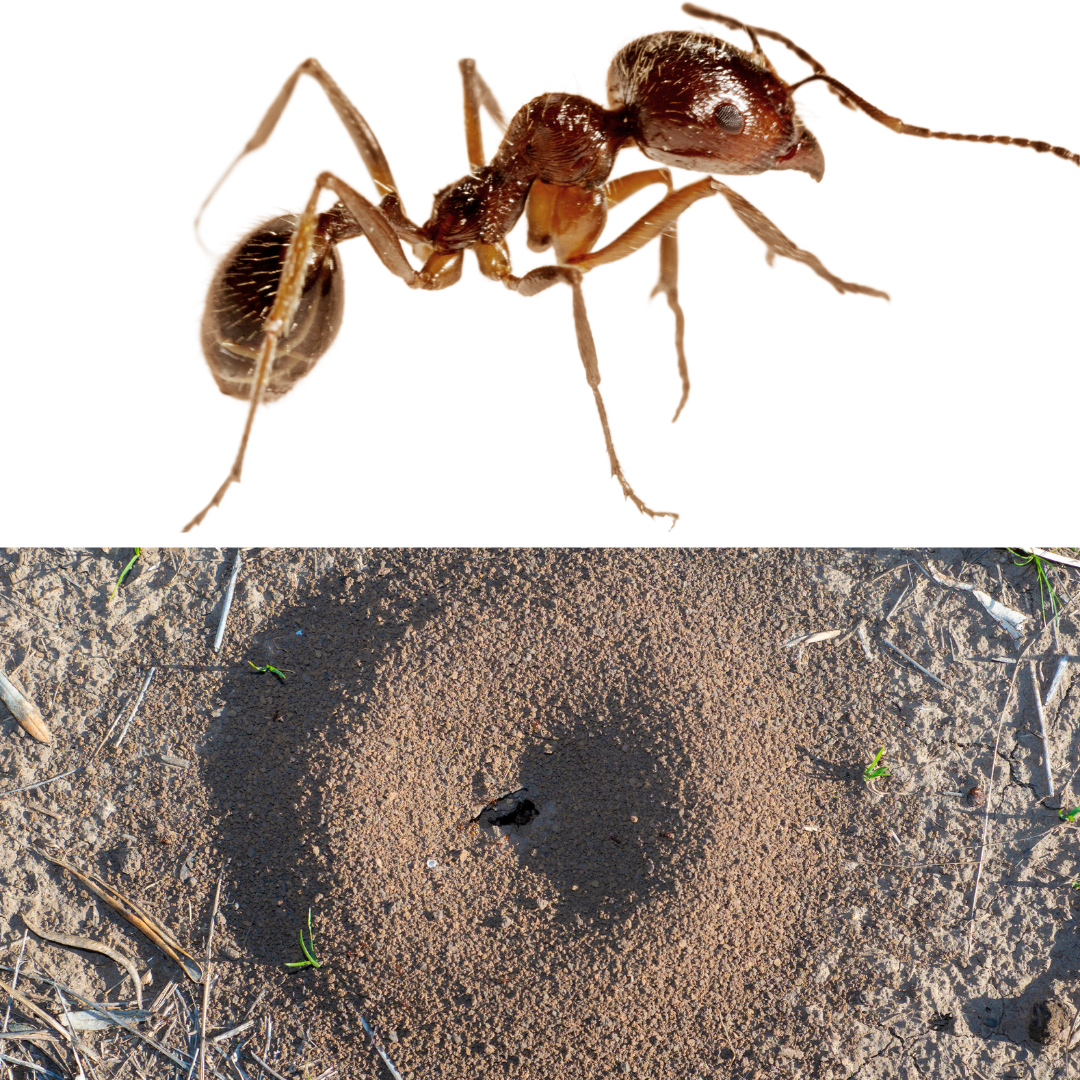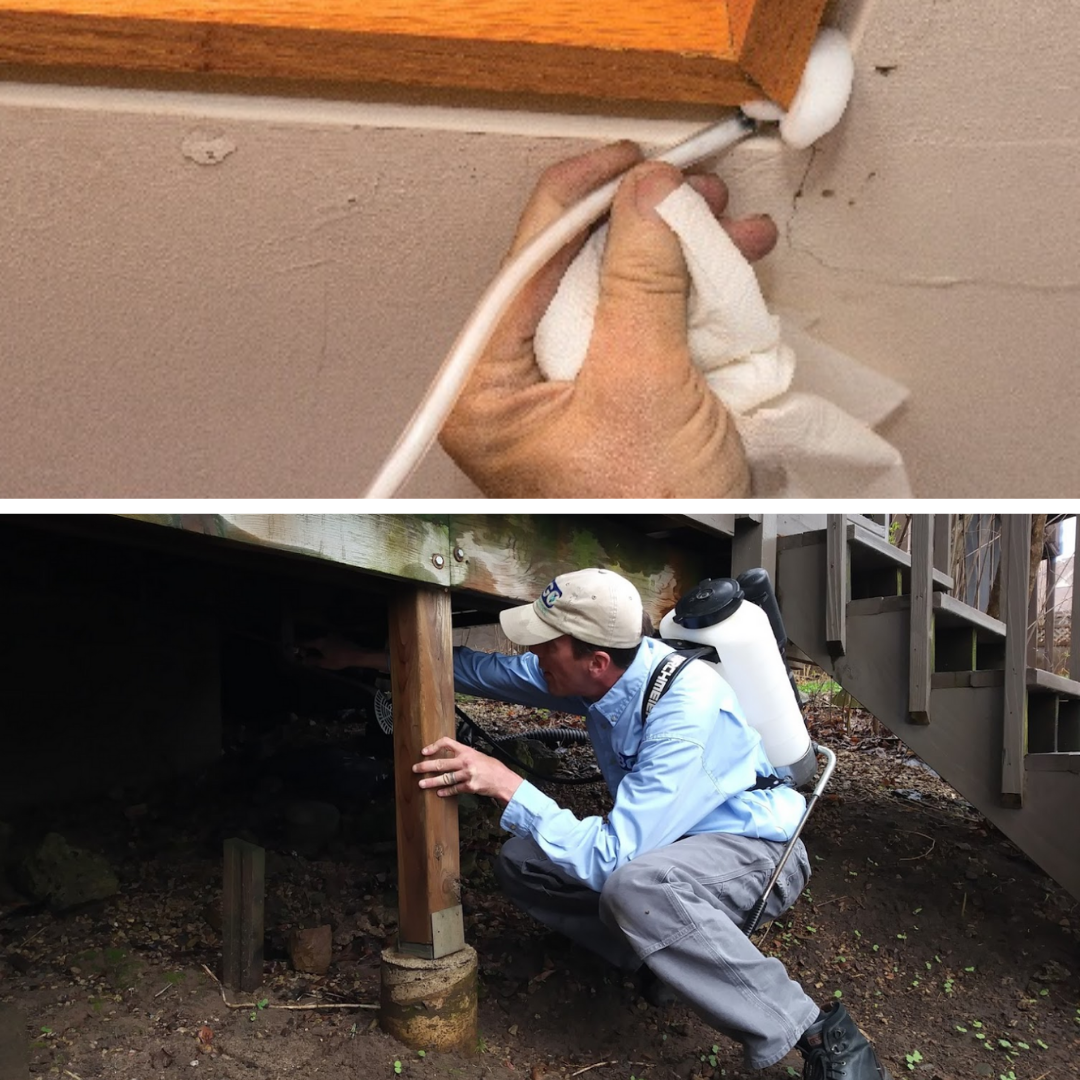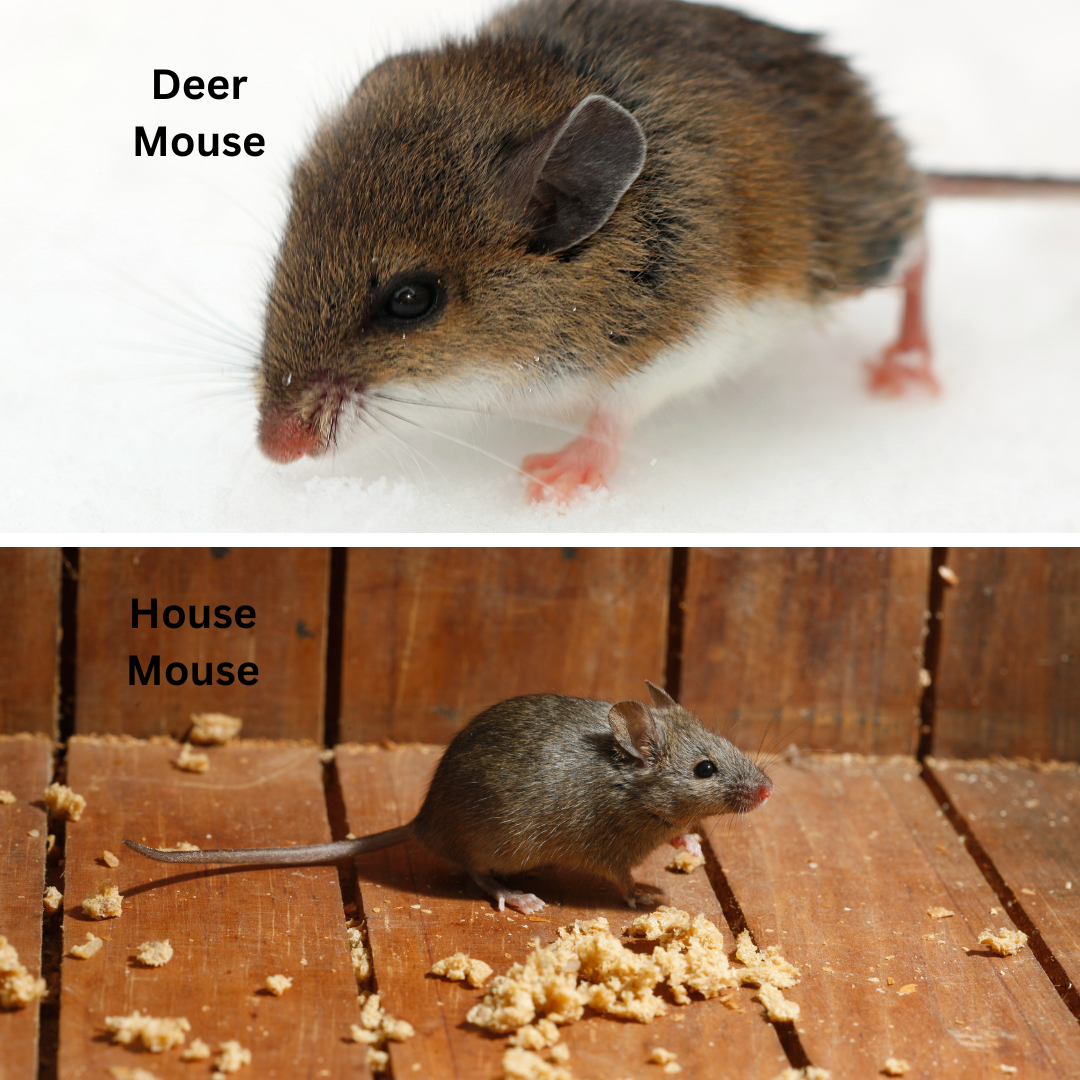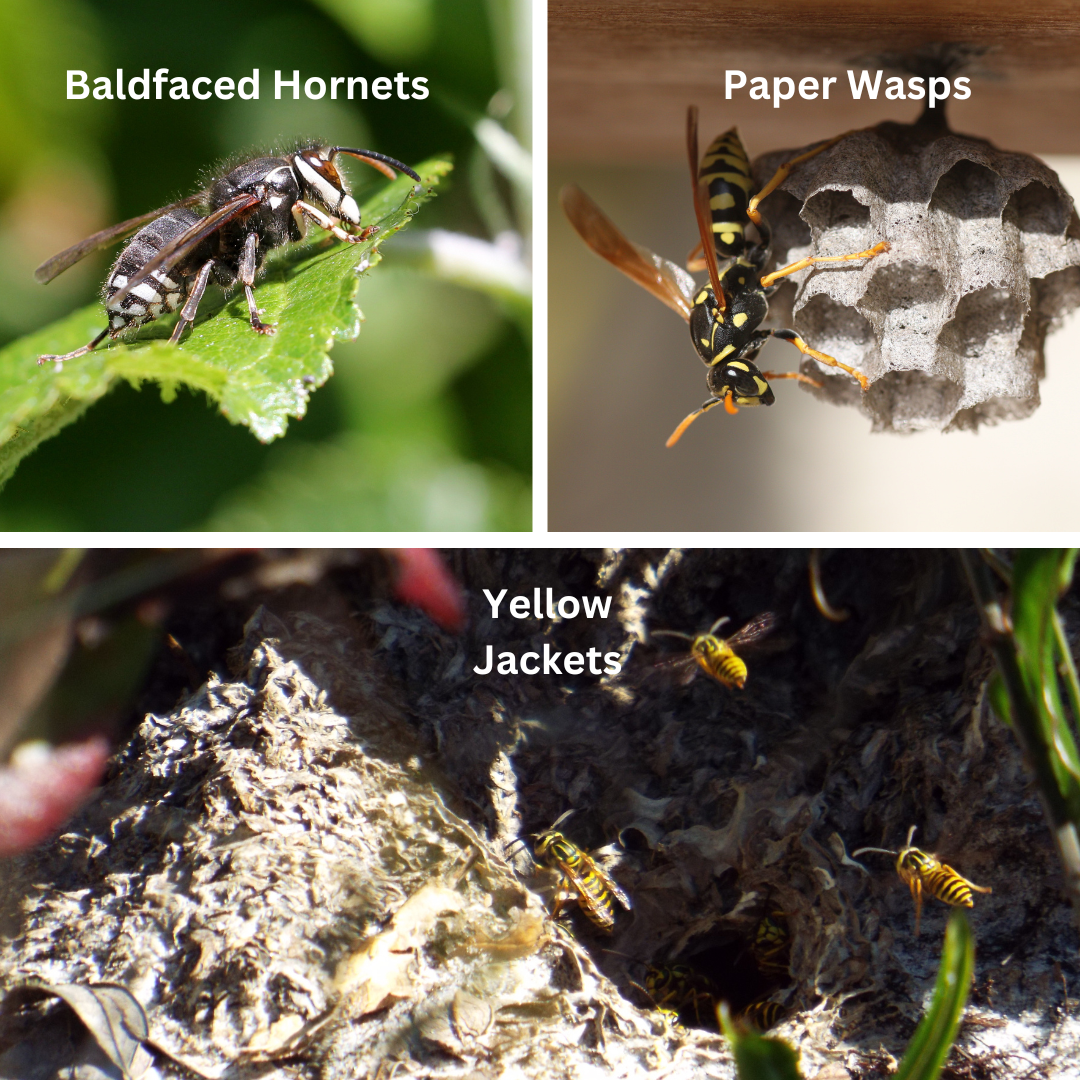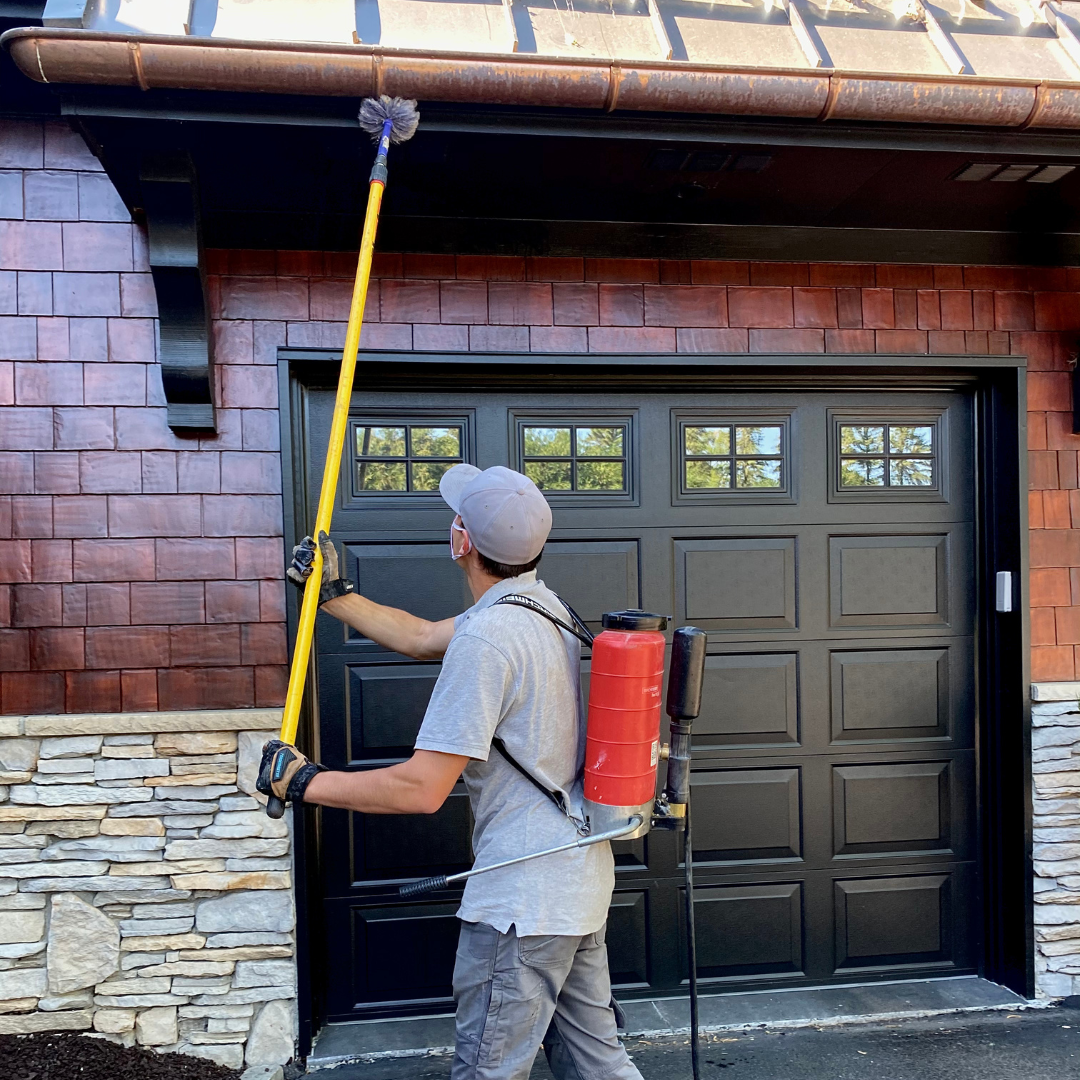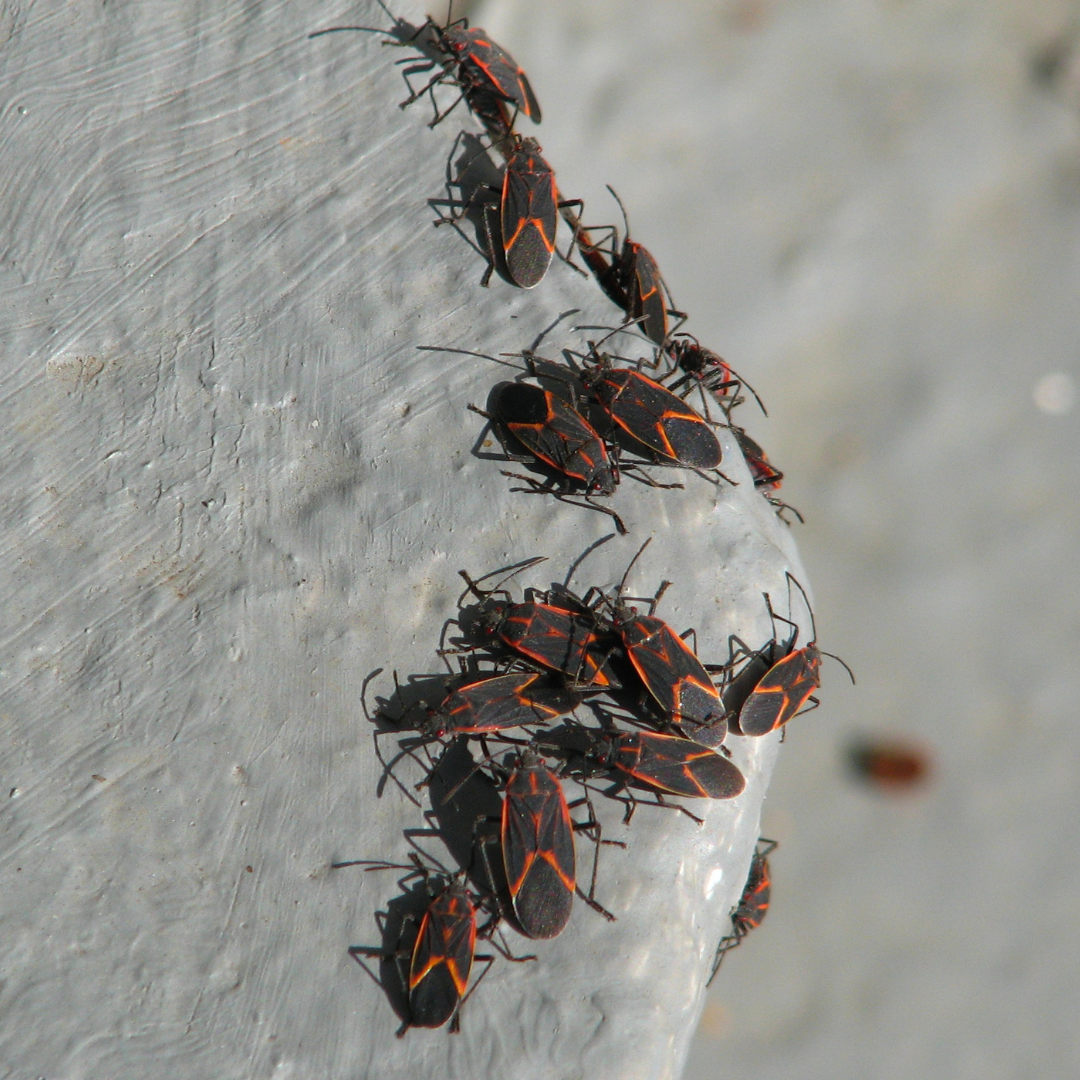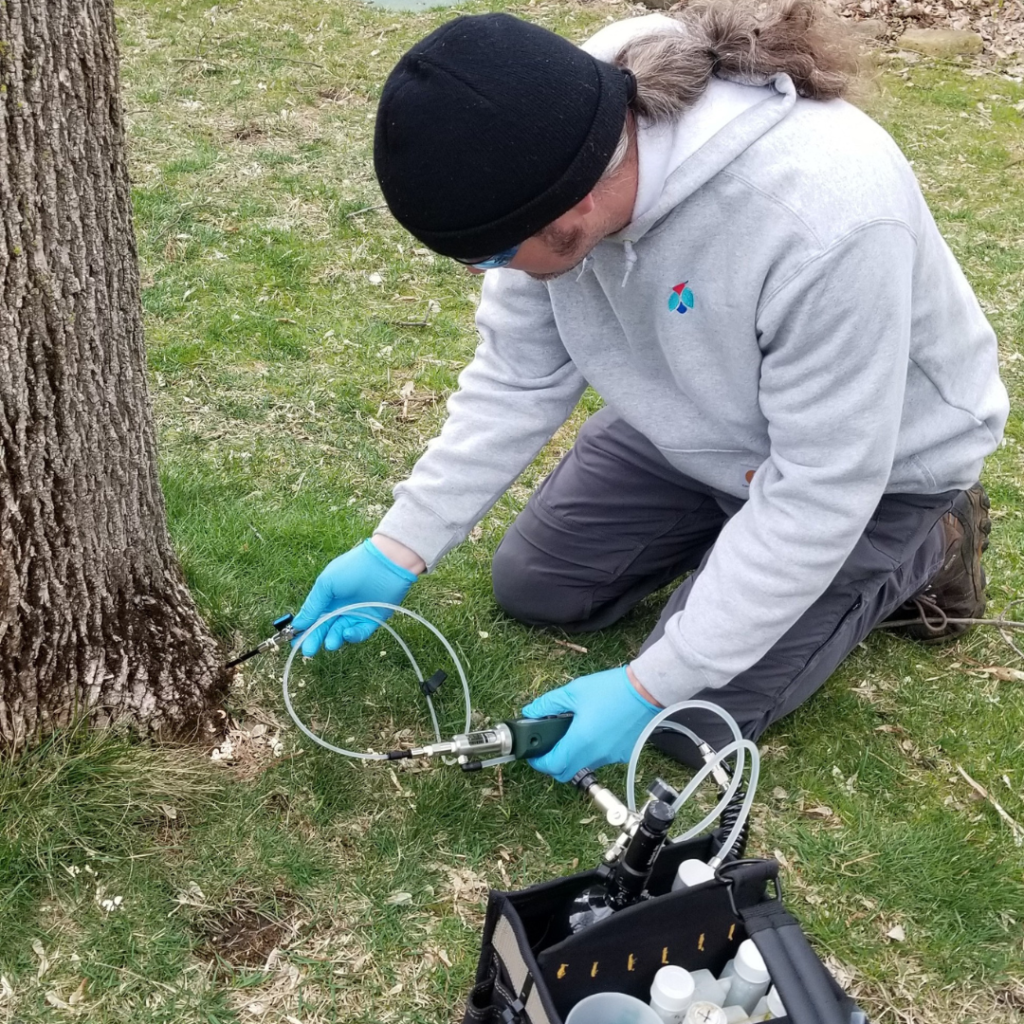Contact BOGO For Your Stillwater Minnesota Pest Control Needs
Stillwater is on the bank of the St. Croix River and is nicknamed the “birthplace of Minnesota” as it was founded in 1854 the same day as St. Paul.
These are the most common pests in Stillwater Minnesota
(Click on the names to keep from scrolling)
To protect your home from all these insects and more our Insect Protection or IPP is the most effective option
If you have any questions or concerns or would like to schedule an appointment call or send us an email
Call Us Today! 952-404-BOGO (2646)
Share This Page!
Ants in Stillwater Minnesota
Carpenter Ants
Carpenter Ants get their name from the fact that they are attracted to wood. Most people don’t realize that they are only attracted to wood that is rotting and water damaged. They also do not eat wood. Their main source of diet comes from eating foods with protein or sugar. This includes foods such as; pet food, syrup, insects, etc. They use soft damaged wood to chew small tunnels and galleries through to make nests. The wood itself acts as a type of insulation. The wood keeps the nests at a consistent level of humidity. The moisture from the wet wood helps hatch eggs that turn into worker ants more consistently.
Pavement Ants
Pavement ants have a very similar diet to carpenter ants. Unlike carpenter ants pavement ants do not cause structural damage. These ants are much smaller than carpenter ants measuring 0.3 cm in length while carpenter ants vary between 0.25-0.5 inches. In the winter colonies of ants can stay active if their nests are built inside. They build nests under cement slabs, heated floors, home appliances, inside insulated foundations, and vents. In the warmer months, the outdoor nests will start waking up from hibernation. Foraging ants get inside buildings and homes to find food to bring back to their outdoor nests. Their nest outside is identifiable by their circular mounds of dirt and sand. They often build them under driveways, sidewalks, patios and pavers.
Ant Service
Ants live in large social colonies made up of thousands of worker ants. In each nest, only around 10% of the ants leave the nest to forage for food. The rest of the ants stay underground inside the nest. All of the ant products that are sold over the counter are only combating the 10% of the ants that leave the nest. The reason why is that they are designed to kill the ants as soon as they get in contact with chemicals. This can give off the effect that the product is working well but it is not putting into account the 90% of the nest underground. The queen ant is also living underground. If she is still alive the colony will continue reproducing and making more ants. The product we use for our ant service works differently. It allows the foraging ants to carry the product back to their nest underground before dying. It takes 30 days after we spray for the ant colony to be eradicated and killed. Each ant service is so effective it comes with a one-year warranty.
Click below to learn about our ant services
To learn more about ants visit our ant identification page
Mice in Stillwater Minnesota
Mouse Appearance
Deer mice get their name from their similar fur color to a deer. Their bellies are white and their fur on top varies from gray to reddish-brown. They can have long tails that can get up to 4 inches in length. They use their long tails to help them with climbing.
Length (without tail): 3-4 inches
The house mouse is one of the most widespread mammals in the world. They are found on every continent besides Antarctica. Their fur color can vary between gray, light brown, and black. Their bellies are the same color as the rest of their fur.
Length (without tail): 3-4 inches
Mouse Behavior
Mice in Minnesota have had to adapt to the drastic changes in temperatures. They did this by living inside buildings and homes during the winter. Mice are unique in that they do not have a designated breeding season. This means that when it’s 0 or -30 degrees outside if they have a nest inside they can breed and raise a litter of mice. In one year a female mouse can have anywhere between 1-10 litters. Each female mouse often lives with a group of multiple other females and their litters. Each mouse contributes to the group by finding and hoarding food. Having a group of mice living inside can make a mouse problem multiply quickly.
Our Mouse Service
Our mouse service stands out from the rest of the pest control industry. One of the reasons why is the materials and the technique we have using them. Depending on the materials we use we always back them up with mouse-proof materials. For example, we do not stuff holes and cracks with copper mesh and then leave the property. We strategically place the copper mesh into entry points and top them off with silicon or foam so the material stays in place for a long time. Our strategy for sealing homes has been proven to be very successful. Since the service is so effective most are backed with a full 2-year warranty. This is dependent a various limitations that can deter us from sealing the entire property.
To learn more about BOGO’s signature mouse service
To learn more about mice and their behavior visit our mouse identification page
Wasps in Stillwater Minnesota
Wasp Behavior
When fall and winter come around most wasps die while the queen wasp finds a place to overwinter. Each spring the queen wasps will leave to find a place to build a new nest from scratch. Wasps do not reuse old nests. Over the summer the nests they build can grow quickly. All of their nests are built out of a papery material. They find the material for their nest by chewing on dried-out wood and mixing that with their saliva. The wood they chew is often found in unstained decks or cedar shakes. Homes with these Some nests like yellow jackets can grow to have between 1,000-4,000 workers by the end of summer. Baldfaced hornet’s nests grow to have 400-700 in each nest. By the end of the summer paper wasps nests grow to have around 30-70 workers. The workers kill insects to feed their larvae and eat sugars from nectar honeydew and the sugary liquid that their larvae produce.
Wasp Service
Wasps can be dangerous insects to treat on your own. The three social wasps in Minnesota are capable of stinging multiple times without losing their stingers or dying. For people who are allergic to wasp stings, this could end in a hospital visit or worse. It’s important to have the correct safety equipment and correct pesticides for the application. The pesticide we use is more effective than any over-the-counter wasp killer. The product we use works so that it doesn’t just affect the wasps that leave the nest but also gets to the wasps living inside. After we spray a nest it takes around 2 weeks for the entire colony of wasps to die.
Click below to learn about our wasp services
To learn more about wasps and bees visit our identification page
Spiders in Stillwater Minnesota
Spider Behavior
The fear people have of spiders is unfortunately misunderstood. Most individuals are unaware of the benefits spiders provide in our ecosystems. They feed on insects that would overpopulate our ecosystems without their being spiders. Some of the insects that they eat are also capable of spreading diseases. Some of the most common insects spiders eat in Minnesota include; mosquitos, ticks, flies, etc. The two ways spiders catch their food are by building cobwebs or hunting. Web-building spiders include cellar spiders, common house spiders, and daddy long legs (harvestmen spiders). Examples of hunting spiders are wolf spiders, jumping spiders, and sac spiders.
Spider Habitat
Spiders are drawn to live near bodies of water and wooded habitats. They pick to live in these areas for the simple reason that they are also habitats for various insects. When spiders are inside homes they are also drawn to homes that have other insects living inside. They can be found living in unfinished rooms, basements, and bathrooms where the heavy moisture attracts different insects. Homes with lots of clutter and dust are also susceptible to having a large spider population. One cobweb that is not cleaned up may hatch out of an egg sac that holds hundreds of baby spiders.
Spider Service
Each of our spider services starts on the exterior of a home (unless it’s in the winter). We start each service by first knocking down as many cobwebs as we can with our brushes. It’s important to know that we are not a cleaning service and will not be able to get rid of 100% of the cobwebs. By knocking down the cobwebs the spiders living on the outside of the home start moving around and are more likely to cross over the product that we spray on the house. The product we use stays effective for 2 months. For homes that are near bodies of water or in wooded areas, multiple treatments are necessary to stay ahead of the spider population.
Click below to learn about our Spider Service
To learn more about spiders read our blog “We Love Living Near Woods and Water and so do Spiders!”
Boxelder Bugs and Stink Bugs in Stillwater Minnesota
Boxelder Bugs
Boxelder bugs’ breeding season starts in mid-spring and goes until July. Starting in July they look for female boxelder trees to lay their eggs on the leaves, branches, and bark. Female boxelder trees also produce helicopter seeds that the adults and young nymphs feed on. Other foods adult boxelder eat include; grass, seeds, and fruits. In the fall they start searching for areas to overwinter. They are commonly seen swarming on the southern walls that are warmed up from the sun. Eventually, they find entry points around windows, cracks in the foundation, underneath doors, and gaps in the siding. In the winter they can wake up from hibernation on sunny days when the sun heats the walls and windows that they overwinter inside.
Stink Bugs
Stink bugs are invasive bugs that came from eastern Asia. They traveled to North America by hitchhiking inside shipping containers. They were first spotted in the Eastern United States in the 1990s. Eventually, they made their way west and the first recording of them being in Minnesota was in 2010. Since 2010 they have multiplied and have become a major nuisance pest. They spend their warmer months breeding and laying eggs on various plants. Many plants that they lay eggs on are plants that usually produce fruit or vegetable. The most common foods that they eat are sweet corn, tomatoes, grapes, and apples. In the fall they start relocating from living on plants to search for buildings and homes to overwinter inside.
Boxelder and Stink Bug Service
Our boxelder and stink bug service is done in the fall. In the fall, they start relocating from their spring and summer homes to look for places to overwinter. The treatment is significantly more effective when it is applied before the bugs start appearing in swarms outside the building or home. This is because as large numbers are seen on the exterior, a population has likely found their way inside to overwinter. The way we apply the product on the exterior of the home is another way our service is effective. When we apply the product we try to hit the entire structure or as high as our backpack sprayers will reach. These bugs are both great flyers and often will find entry points along the roof line leading to the attic or chimney. After we spray our product stays effective for 2 months.
Click below to learn more about our boxelder/stink bug service
To learn more about stink bugs and boxelder bugs read our blog “Minnesota Fall Pests”
Ash Tree Service in Stillwater Minnesota
Benefits of Treating your Ash Trees
Ash trees all over the Twin Cities and Stillwater are becoming infected by the emerald ash borer. When a tree becomes infected there are two options. One is to cut the tree down and another is to treat the tree and keep it alive. There are many benefits to keeping an ash tree alive. The most common are the health and environmental benefits. Just looking at large ash trees can lower blood pressure, reduce stress and improve your mood. The environmental benefits of trees are already well known. A mature ash tree can absorb 1000 pounds of carbon from the atmosphere in one year!
Ash Tree Service
BOGO offers the most effective ash tree treatment the industry has to offer. We use pneumatic micro-injections. We aren’t focused on doing our treatments as fast as possible like the rest of the industry. The rest of the industry focuses more on making money by treating trees quickly than on the health of the tree. By doing them quickly it’s hard to know if the trees receive the correct dosage. Our service is done by putting the product into each injection point individually. This also helps us with watching the tree take up the product each time. While other services make it impossible to know how much product one root took up then the next.
For more information about the emerald ash borer in Washington County Minnesota
Learn more about the benefits of treating your ash tree
To protect your home from all these insects and more our Insect Protection or IPP is the best option
BOGO Provides Pest Control Services For the Twin Cities and Beyond! Just a Few Cities We Service For Include;
Anoka|Apple Valley|Bloomington|Burnsville|Coon Rapids|Champlin|Chanhassen|Deephaven| Delano|Eagan|Eden Prairie|Edina|Elk River|Excelsior|Golden Valley|Independence|Lino Lakes|Long Lake|Maple Grove|Maple Plain|Medina|Minneapolis| Minnetonka|Minnetrista|Mound|New Brighton|North Oaks|Orono|Prior Lake|Plymouth|Ramsey|Rogers|Shoreview| Shorewood|Stillwater|St. Louis Park|St. Paul|Victoria|White Bear Lake| Wayzata|Woodbury|
(Click on the cities to learn about what pests to watch out for in your area)
If you have any questions or concerns or would like to schedule an appointment call or send us an email
Call Us Today! 952-404-BOGO (2646)



